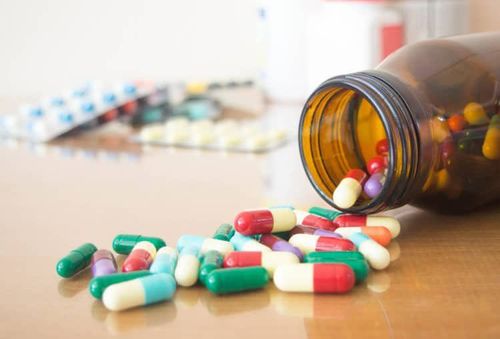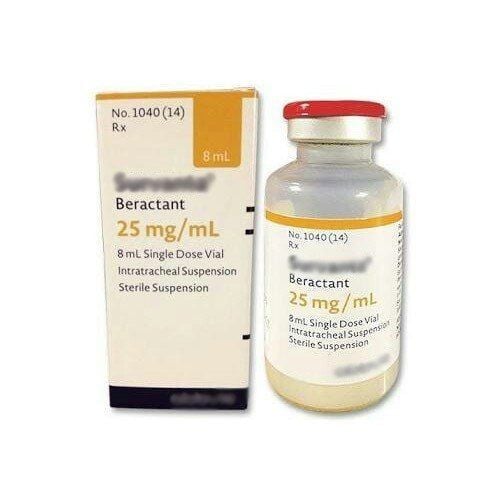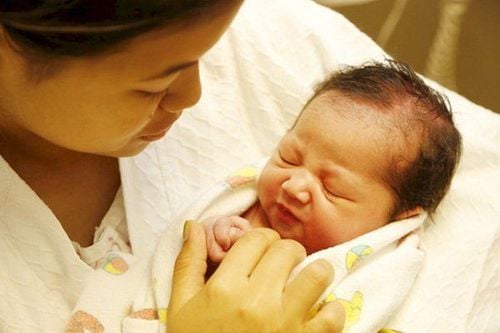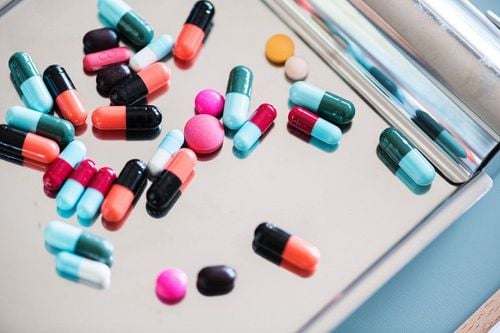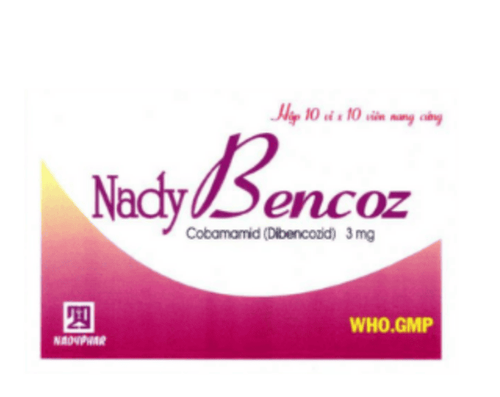This is an automatically translated article.
Neonatal jaundice can be physiological jaundice or pathological jaundice. Physiological signs of jaundice will usually disappear after a short time. Meanwhile, if a child has pathological jaundice, it will be very dangerous, so parents need to learn and know how to detect jaundice in babies.
Neonatal jaundice is a condition in which the red blood cells in the baby's body are broken, making the liver's bilirubin metabolism function incomplete. In the case of a child with pathological jaundice, it can cause jaundice in the nucleus accumbens, which can cause death or leave developmental sequelae in the child.
Physiological signs of jaundice in newborns:
Mild degree of jaundice and only jaundice in the face, neck, chest and abdomen above the navel No combination of other abnormal symptoms such as: Anemia, hepatosplenomegaly enlarged, stopped feeding, lethargic... Bilirubin/blood concentration is not more than 12mg% in term infants and not more than 14mg% in preterm infants... The rate of increase of bilirubin/blood is not more than 5mg% in 24 hours. Baby's urine is dark or yellow and stools are pale. Signs of neonatal jaundice:
Early appearance, 24 hours after birth, with dark neonatal jaundice Degree of newborn jaundice birth is systemic, especially yellowing of the palms, soles and conjunctiva of the eyes Jaundice that does not clear up after 1 week in term infants and 2 weeks in preterm infants Dark jaundice accompanied by other symptoms: don't stop nursing, may or may not convulse. However, a small number of children with pathological jaundice do not have accompanying symptoms, making it difficult for parents to detect Bilirubin blood tests are higher than the normal threshold Jaundice in newborns is easy to recognize with the naked eye where there is enough light. Therefore, every day mothers need to observe the skin color of the child's whole body in a bright place. In difficult cases (the child's skin is red, pink or black), gently press the thumb on the child's skin for a few seconds, then let go, if the child has jaundice, the place where the finger is pressed will have a distinct yellow color. When a child shows signs of neonatal jaundice, parents need to take the child to the doctor for examination.




